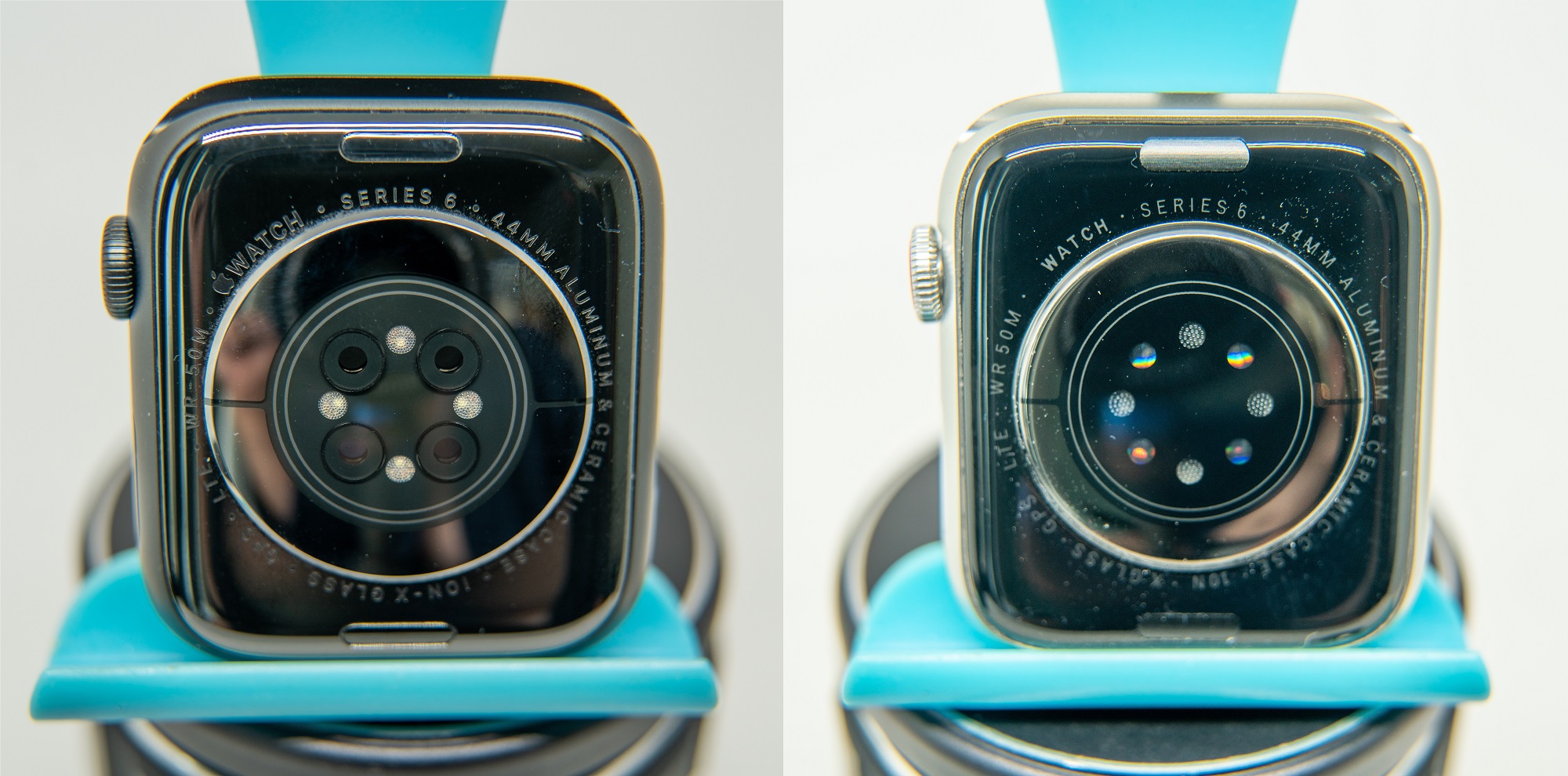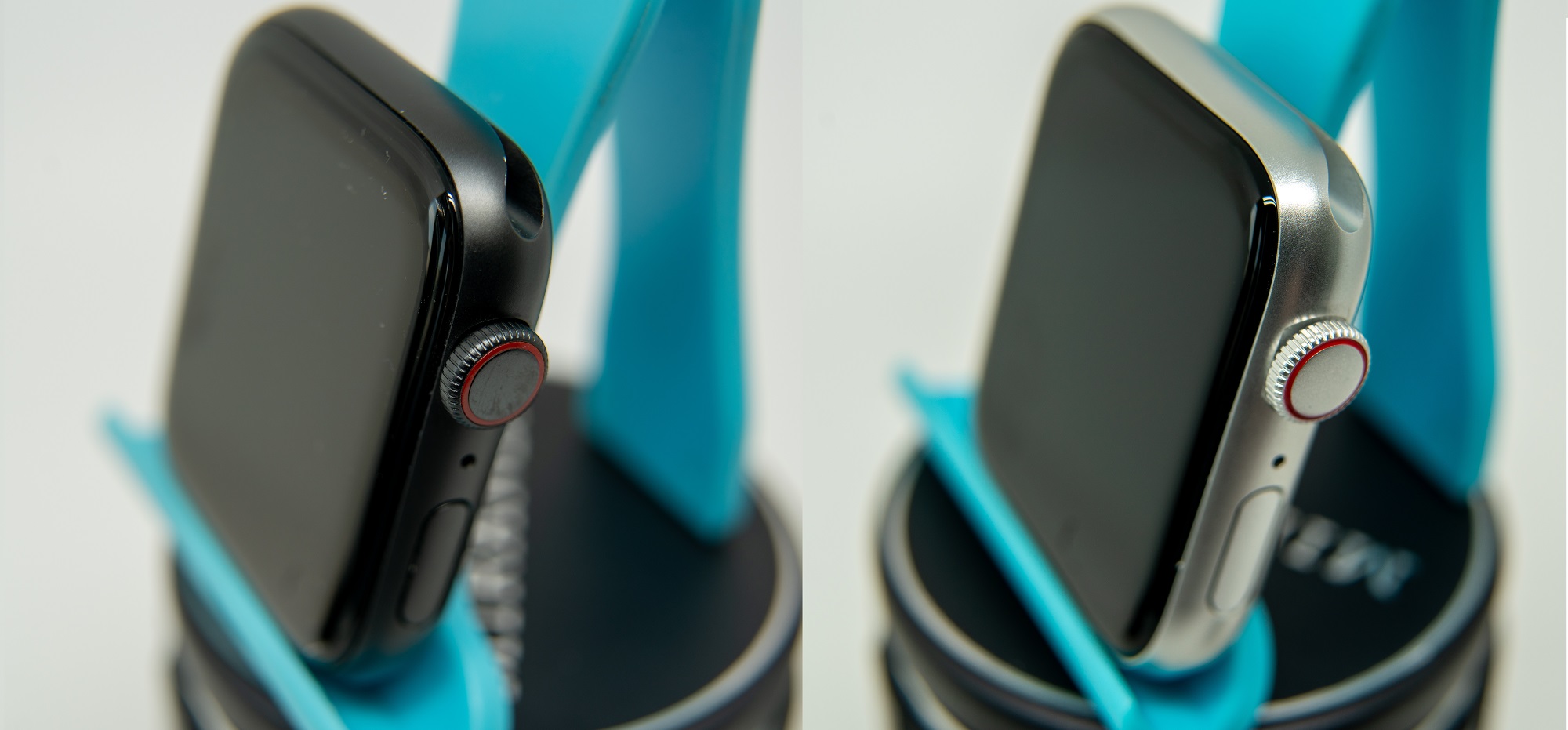With the passing of Bill 56, The Government of Ontario has removed authorization for the use of automated speed enforcement cameras from the Highway Traffic Act. There is an approach that I often attribute to progressives that is punitive. This assumes that people do wrong by default and the established structure should be setup to […]
The moment all this sunk in (see part 1), I felt a keen sense of desperation and finality. As someone who works in technology and is considered an expert by many – I felt a distinct sense of shame. How could I have let this happen? How could I have let them fool me? Coupled with my already careful nature, I’ve bought and sold online for more than a decade. It shouldn’t have happened. After allowing that feeling to marinate, I set out to investigate. I had to learn more and maybe catch these culprits.
Can you spot a fake? This week I learned the hard way how difficult this is. Using Kijiji – an online marketplace considered a ‘grey market’ for new and used physical items – I bought a brand new Apple Watch Series 6. This Watch was posted as new and sealed in the box for $450.00, a price I haggled down to $420.00. The practice of selling close Apple Watches is common, but the work made to present this product as new and legitimate is unique. I investigated this phenomenon while ending up with two excellent duplicates, $420.00 poorer and in a confrontation with a scammer.
Today, I learned that the same database has progressed far enough that the general public can run lookups using IMEI numbers. While the database is still a waste of money, being able to find out more on a blacklisted device is, at least, a good thing.
Yes, stupid. It’s not news that global theft of smartphones and other high-end electronic devices is a growing problem. These devices are becoming smaller, more powerful, and more expensive. As targets for theft go, you’re probably at the top of the list if there’s an iPhone 5 in your pocket. This is a serious problem on so many levels […]





